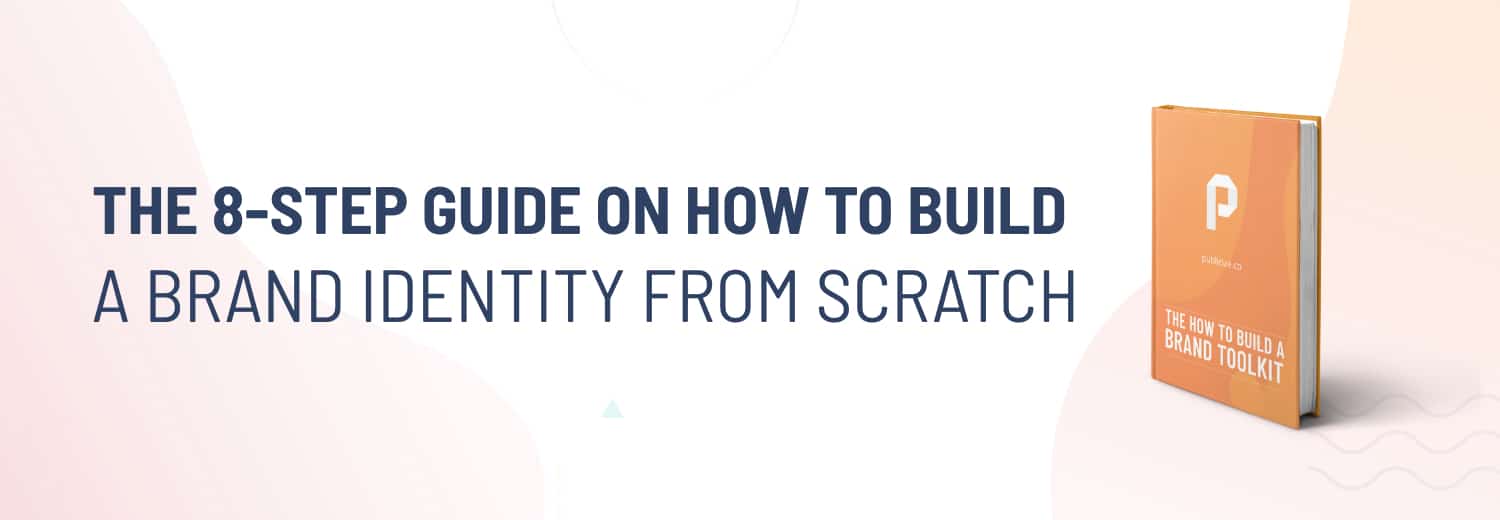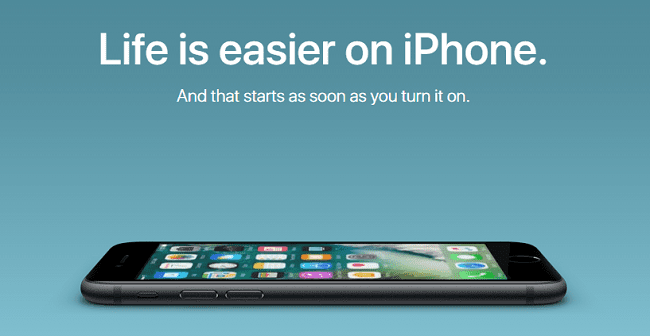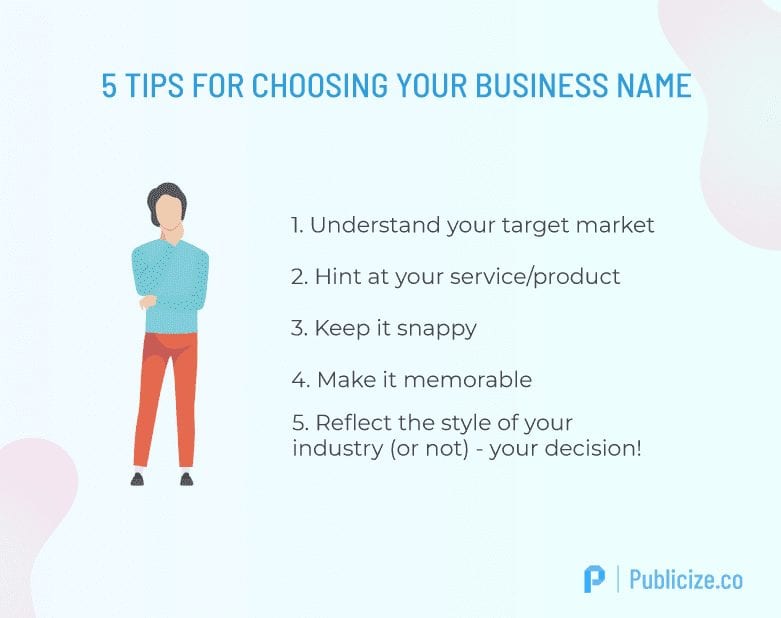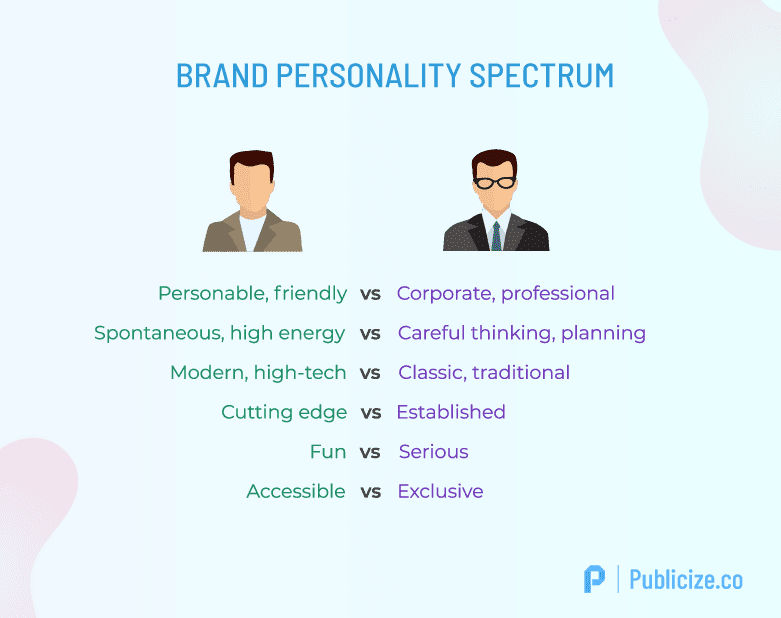Building a company brand has changed in recent years. Your business can no longer solely design a new logo, choose a sleek looking font, and expect customers to come flocking to you.
You need to consider how strong your brand identity is and have an understanding of how to build brand awareness.
Why?
Well, according to a recent survey, 77% of market leaders say that a strong brand is critical to their growth.
That’s why we’ve put together our 8-Step Guide On How to Build A Brand Identity From Scratch.
What is a brand?
Many people use the words ‘logo’ and ‘brand’ interchangeably. However, they are not the same thing. A logo and a color palette alone do not make up your brand.
Your brand is how people perceive your business – both the impressions you control and the ones you don’t.
A great definition of a brand comes from Amazon’s CEO Jeff Bezos:
“Your brand is what other people say about you want you’re not in the room”
Jeff Bezos
Why is building a strong brand identity important?
As we’ve covered, ‘a brand’ is no longer limited to a logo or a cattle rancher trying to decipher which cow is which.
A brand identity is made up of:
- What does your brand say?
- What are your brand values?
- How do you communicate your product?
- How do you want people to feel when they interact with your business?
It’s difficult to build a brand identity. It’s not something that businesses should take lightly.
It goes without saying that whatever industry or niche your business is in, you will face competition.
Therefore, building a strong brand identity is extremely important. It’ll help you differentiate yourself from your competitors and, hopefully, rise above them.

How to Build a Brand Identity from Scratch
So, without further ado, let’s get into the steps you need to build your brand up
- Research your industry and what your competitors are doing
Before you make any big decisions about your brand and your identity, it’s worth seeing what else is out there.
Therefore, we’d recommend researching these three things:
1. Your industry – what’s the state of your niche/industry, who are the biggest names/companies?
2. Your competition – who are your main/direct competitors?
3. Your potential audience – who are the people buying products and services within your industry?
There are many avenues you can go down to get you started:
– A broad Google search – first things first, type in some keywords related to your product, service or industry and see what direct or indirect competitors come up. Then, pay attention to their branding.
–Social media – when you have an idea of your competitors, take a look at their social media profiles. This will better inform you on the tone of voice they use and how they communicate with their customers.
–Eavesdrop on relevant subreddits and forums – Take a look at subreddits and forums relevant to your industry and use it to eavesdrop on your customer base’s conversations. Pay attention to how they communicate and the wording they use. Alongside your social media research, this is a good way to gauge your brand’s personality.
Remember, analyzing brands is not a science. A lot of a brand’s identity comes from how it makes you feel and your own perception.
However, you can get a better feel of what a business does by reading their mission statement. This is a brief description of why a company exists, what they do and how they benefit their customers.
The best ones are clear, concise and memorable. Here are a few examples:
TED – ‘Spread ideas’
Kickstarter – ‘Help bring creative projects to life’
Nordstrom– ‘To give customers the most compelling shopping experience possible’
We’ll cover the things you need to consider when creating your own mission statement later on. - Decide on your buyer persona
Then, you want to decide who you’re selling to.
It’s impossible to please everyone with your brand, so don’t even try. For instance, say you’re an eCommerce business that sells children’s robot kits. However earnest your efforts are, it’s unlikely that your brand or product is going to appeal to a 45-year-old single, childless man.
Therefore, you want to make your target audience or buyer persona as specific as possible.
Here are some of the key demographics you can look at when deciding on a buyer persona:
-Age
-Gender
-Location
-Income
-Education level
So, let’s continue with the robot kits for children eCommerce example – the company is called ‘Bots 4 Tots’.
This company’s target audience may look something like this:
-Wealthy parents
-Educated, intelligent parents
-Parents with children attending private schools
-Parents of children enrolled in school science programs
-A mother or father who works in tech or engineering
As you can see, some of those key demographics are evident in this buyer person.
With an example like this, you may be thinking that there are many potential buyer personas (the children, private schools with robotics programs) However, it’s simpler to pick one and spin your brand identity out from there. - Decide on your mission statement
As promised, we’re now going to take a deeper look at how your business can craft a mission statement.
A mission statement outlines what your business is passionate about and why you do what you do. Essentially, it’s your reason for getting up in the morning.
Difference between a mission statement and a position statement
A lot of people looking into brand-building tactics often get tangled up in the differences between mission statements and position statements.
We’ve done our best to differentiate between the two:
–Mission statements – A mission statement is a sentence that describes a company’s function, markets, and competitive advantages. It includes a statement of business’ goals and philosophies. It defines not what you do but also your purpose.
–Position statements – A position statement defines how your product or brand distinguishes itself from the competition and explains how this will benefit your customers. These one or two statements explain how your business distinguishes itself from competitors.
This image outlines some of the questions to ask yourself when your company is making your mission statement: - Decide on the key benefits you can offer customers
Much in the spirit of position statements, you should now decide the key strengths and benefits you have to offer.
To start a brand that is memorable, you have to dig deep and think about what are you offering that no one else is.
Think of Apple. One of the key benefits of their products is that they’re easy to use. Even Luddites would struggle to get confused by an iPhone. As a result, Apple is often keen to outline this key benefit in their brand communications:
SWOT Analysis
A SWOT analysis is an effective way for your business to decide on what benefits and strengths you want to outline in your branding.
Let’s break down what a SWOT analysis stands for:
Strengths – The positive characteristics of your brand that you want to outline that provide an advantage over your competitors.
Weaknesses – Like it or not, you’ll have to face these – the characteristics that could be a disadvantage to your business
Opportunities – Changes and trends in your industry that may be opportunistic for your business
Threats – Elements in your environment and industry that could cause you potential problems.
These can help you decide what to focus on and what not to focus on. - What’s your brand name?
What’s in a name?
Depending on your business, the name you chose will vary in importance.
And yes, as we’ve mentioned, there is much more to creating a brand than coming up with a good name.
However, as a business, it’s probably one of the first big decisions you’ll have to make. It’ll inform your logo, the typeface you use, and your domain. Therefore, you want to make sure it’s a good one!
You want your name to be:
-Unique and hard to imitate by others
-Not easily confused with others in the market
-Broad enough so it gives you room to expand in the future
Here’s an image of some avenues you can go down when choosing your company name: - Decide on your brand logo (and everything else design-based)
Maybe this sounds familiar… But building a strong brand is more than just a logo. However, that doesn’t mean that creating a logo is a process you should overlook.
Why is a logo so important?
Well, it’s arguably the most recognizable part of your brand. Think about it, it’s on your product, your business cards, your websites, your ads. The list is endless.
As a result, it’s worth considering all the places that your logo will exist. That could be your social media profiles, your website, or those tiny icons your tab bar is probably littered with right now.
Therefore, we’d recommend that you invest significant time and energy when it comes to designing the perfect logo. - What’s your brand’s personality
Building a strong brand identity is tricky. However, this can be made easier if you decide on your brand personality.
You may think that your company is playing it safe by following the crowd. Well, you’re wrong. Businesses who tread the same or similar branding path as its competitors are sheep who get lost in the flock.
Furthermore, adopting the same wording or voice as other businesses around you comes off as disingenuous something consumers hate. 91% of consumers would rather buy from an authentic brand.
So, analyze how your audience interacts, what your place is in the market, and the culture your startup wants to create and mix it all up to decide on your brand personality.
Still unsure or how to write that down? Here’s a handy image to get you on your way: - Be consistent with your branding
Building a brand identity never stops. Once you decide on a path that works for you, don’t look back.
Furthermore, you want to ensure that your brand is visible and reflected in everything your business does and your target audience sees. To the modern-day consumer, this is extremely important. 90% of users expect to have the same branding across all platforms/channels.
Here are a few areas you should be incorporating your branding into:
Your office – If a potential client walks into your office, what would their first impressions be? The workplace should reflect your company’s brand and values as much as possible.
Website – Most of your first-time users will discover you through your website. Therefore, you want to make sure that your website content incorporates your voice, message, and personality. This’ll help you build brand trust from the get-go.
Social media channels – social media branding should be equally consistent and it’s the place where your personality can shine through the brightest. Don’t use it to be overly promotional! 45% of people unfollow brands that are too self-promoting on social media.
Unless it’s a decision informed by solid user feedback, stay consistent with your branding. Once you have it nailed down, formulate a brand guidelines document and distribute it internally so everyone at work ‘gets you’.

The final frontier: building brand awareness
Alright now that you’ve formulated an airtight brand identity, you’re all set.
NOPE.
You need to build awareness and increase your brand’s exposure. Think of it this way, why would you craft a unique and special place for your business in your niche and then not go and rattle a few cages (the cages here are customers, no birds were harmed in this analogy.)
With that in mind, we’re going to look at a couple of ways in which you can build your brand in 2019.
Social Media
Most businesses would have you believe that they hold the key on how to use social media, but the majority don’t.
For example, 80% of companies believe they are offering great customer service online, but only 8% of consumers agree. Ouch.
Social media has blurred the lines between brand building and customer service. Yes, this means your work is cut out. However, it is the platform where your brand personality can shine through as much as possible.
For example, the American fast-food chain Wendy’s has a unique brand personality. The fiery redhead in its logo? She’s mean. The mean, cutting humor used by Wendy is frequently dropped in as an example of how to build a brand on social media:
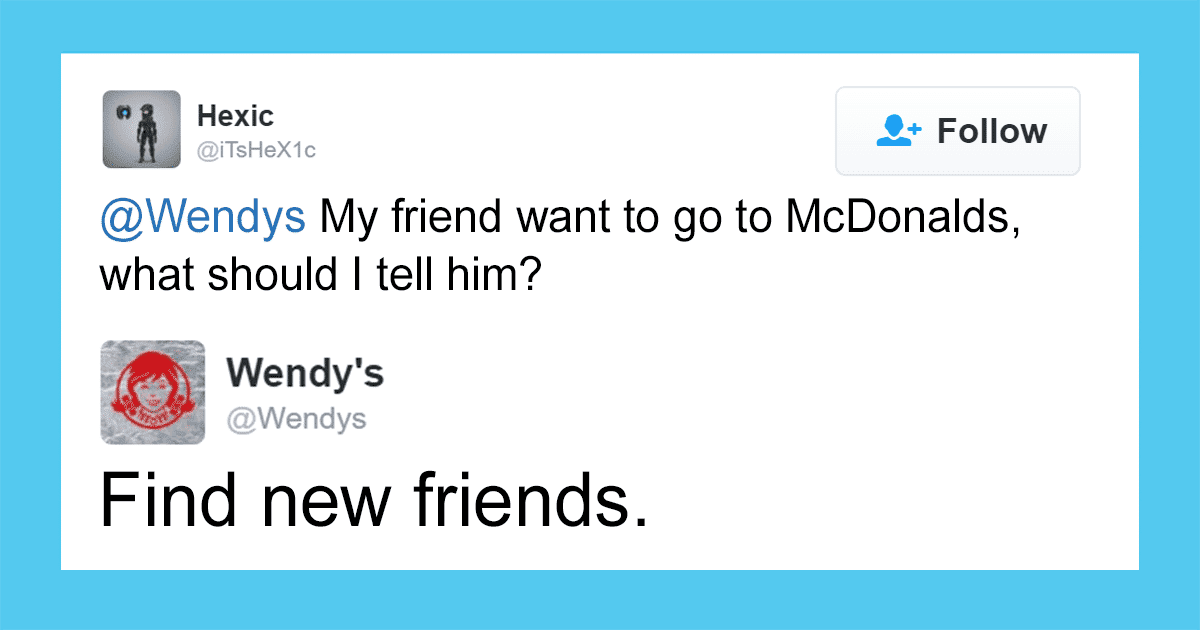
Whilst we’re not suggesting you start acting this way towards your customers, it’s a good example of a company broadcasting its brand personality to its target audience using social media.
SEO
Building brand awareness is going to be tricky if no one can find you online, as 93% of all online experiences begin with a search engine.
This is where SEO comes in.
Search Engine Optimization can drive more users towards your website and help push your company above your competitors for keywords and searches within your industry. Alongside high-value content, SEO is one of the most effective long-term ways of building brand awareness for your startup.
Wrapping up…
There’s no one way to build a brand or a brand identity. It requires a lot of careful planning and consideration and real know-how of who you and your business are. However, when you consider how important it is to build a strong brand identity in 2019, it’s worth crossing the I’s and dotting the t’s.


